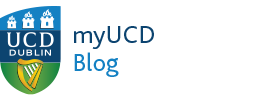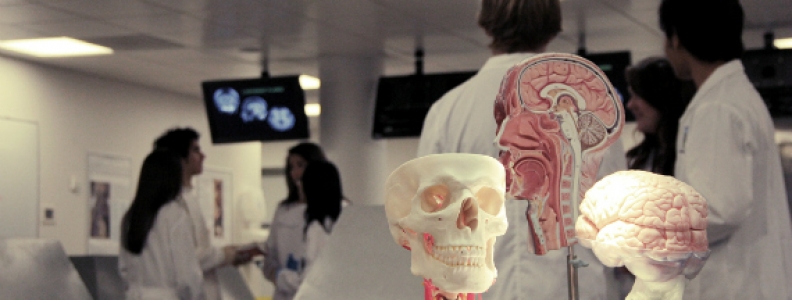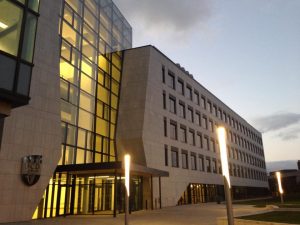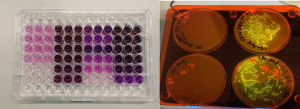Current Biomedical Health and Life Sciences student Katie O’Keeffe explains what is involved in her degree programme
From working at Higher Options and at the UCD Open Days countless students have asked me “What is Biomedical Science?” or “How is Biomed different to a normal Science degree?”. I was once that over-enthusiastic student asking those very questions and I am delighted to report that after nearly three years of university education I now have the answers!
The BHLS degree programme is run by the School of Medicine which offers four degree programmes: Medicine, Graduate Entry Medicine (GEM), Biomedical Health and Life Sciences (BHLS), Radiography and Physiology (entry via Science). While many have a general understanding of what is involved in studying Medicine, Radiography and Physiology, most are unaware of the wonders of studying Biomedical Science.
The aim of the BHLS course is to equip future medical researchers with the understanding of disease diagnosis, progression and outcomes as well as the scientific knowledge behind such diseases to potentially target, treat and improve survival outcome and quality of life for patients. It focuses on the “bench to bedside” approach of treating disease by working as part of an inter-disciplinary health care system.
Biomedical Science is based on human biology from day one of the programme. This aspect really appealed to me when I was deciding what to put on my CAO as I loved biology in school but dreaded studying the ecology, plant and environmental biology aspects of the Leaving Cert programme. I was not terribly interested in maths or physics either which lead me to Biomedical Science as I knew that my interests lay in human biology and disease. DN200 Science is a common-entry programme which leads to an honours degree in one of 26 subjects.
However, I chose Biomedical science as it was the only course that allowed me to study medicine-based modules without being part of the medical degree programme. It allowed me to fall in love with Renal and Endocrine Biology and get a broader taste of human biology – an opportunity that my peers in Science did not have. Students studying Biomedical Science in UCD are privileged to have a small year with a dedicated programme co-ordinator. Biomedical science is also considered a great stepping stone for Graduate Entry Medicine.
In first year students study anatomy, cell biology, translational research, chemistry, physics, basic tissues and early development. This allows all students to get up to speed with their basic science subjects as only one Leaving Cert Science subject is required for programme entry. In second and third year, students are introduced to biochemistry, pharmacology, a choice of multiple biology-based modules, genetics, immunity and lab skills. From this experience, I discovered my interest in pharmacology and how drugs can be used to combat or reduce the symptoms of disease as well as their interactions inside the body. The fourth and final year of the course includes an independent research project and more specialised modules. The projects are conducted under the supervision of leading medical researchers based in UCD and/or in one of the Dublin-based hospitals. There is also the opportunity for two students to undertake their research projects in Lund University, Sweden.
If you are fascinated by human biology and yearn to learn more about how the body functions in healthy and diseased states, then Biomedical, Health and Life Sciences in UCD is a course that is worth considering. It is a course that answers questions that you may have which are beyond the scope of the Leaving Cert curriculum and encourages students to be curious and innovative. The BHLS programme is a wonderful degree that can lead to a bright future.








